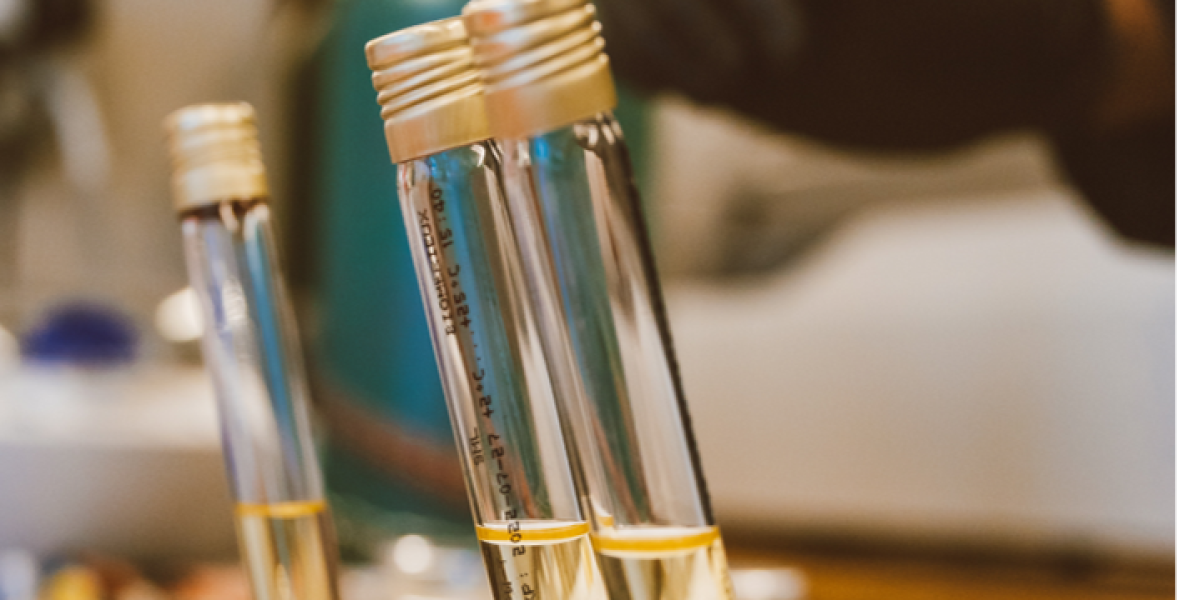Green Innovation with Fermentation
Revolutionizing Green Innovation with Fermentation by Microbial
Cell Factories to produce natural compounds
In the ever-evolving landscape of innovation and sustainability, we are witnessing a remarkable transformation in the way we produce natural compounds. As we continue to grapple with the significant environmental costs associated with traditional chemical synthesis methods, the emergence of microbial cell factories in fermentation processes is offering a glimmer of hope for a cleaner and more sustainable future.
Microbial Cell Factories: Pioneering Sustainable Production by Fermentation
Microbial cell factories have the power to shape a sustainable future and drive environmentally conscious solutions into the market.
When compounds sourced from nature are synthesized chemically, a considerable environmental expense ensues. Microbial cell factories are cells engineered to become efficient production platforms of bio-products. They allow a cleaner production of natural products through the engineering and fermentation of microorganisms like yeast, fungi, or bacteria. Indeed, what sets these factories apart is their ability to produce desired compounds with little to no hazardous by-products, and often also with softer or shorter downstream processing, thus reducing the ecological footprint of industrial processes.
A microbial cell factory can convert various substrates, e.g. issued from industrial side streams, into valuable compounds – or bio-based products, typically via fermentation, first at small scale, then in a bioreactor. The list of products is long and varied, and microbial cell factories are thus rapidly proving themselves to be strong players in the circular economy.
Accelerated Prosecution
A number of jurisdictions offer accelerated prosecution programs, which are directed specifically to green inventions – which include microbial cell factories and how such are used to produce bio-based compounds. Such a program exists e.g. in Brazil.
Navigating the Path of Patenting: Protecting Innovation
A bio-based product can be protected directly or indirectly. If you have developed a microbial cell factory, there are several options to secure relevant immaterial property.
First, you need to consider: are the process and the microbial cell factory patentable? Often, the production cell has been engineered to be amenable to produce the desired bio-compound. If the modifications introduced in the cell are novel and inventive, the cell itself can be protected in addition to the process. The cell can for instance be protected by defining which modifications it contains.
As regards protection of the bio-product, an important point is that if the product is a known compound, it cannot be protected as such, even if the method of obtaining it is patentable.
It is a good idea to allocate resources to determine whether the product exhibits characteristics which differ from those displayed by a similar product obtained by a different method, or by a similar product found in nature. For instance, the bio-based product may exhibit a chemical signature which is absent from the natural product or from a chemically produced compound. Identifying such differences is in practice not always feasible – microbial cell factories are by definition engineered to produce a “natural” product, which is often identical to the product found in nature.
An additional challenge in this case is the prohibition of patenting of natural products in certain jurisdictions. In order to minimize unnecessary costs and maximise return-of-investment, it is wise to investigate national requirements before deciding on the national coverage.
Navigating Challenging Jurisdictions
While microbial cell factories hold tremendous potential, challenges can arise in certain jurisdictions, such as jurisdictions where claims are granted based on the examples provided in the application, with no or little allowance for broad protection.
It is thus important to consider the desired geographical coverage and the probable scope of the claims that can be expected to proceed to grant, as well as the cost-benefit of filing an application in such jurisdictions.
coverage.
Checklist for protecting a microbial cell factory:
- Protect the obtained product: is the bio-product distinguishable from existing, similar products?
- Protect the process: this confers indirect protection of the product.
- Protect the fermentation broth and the microbial factory per se: are they patentable?
- Geographical coverage: consider where a very narrow scope of protection can be expected, and balance expected scope of protection against prosecution costs.
- Accelerated examination: consider whether such programs are available in the jurisdictions of interest.
Need to know more?
Please contact HØIBERG’s fermentation & metabolic engineering expert Nadine Eckert-Boulet Bravo.
